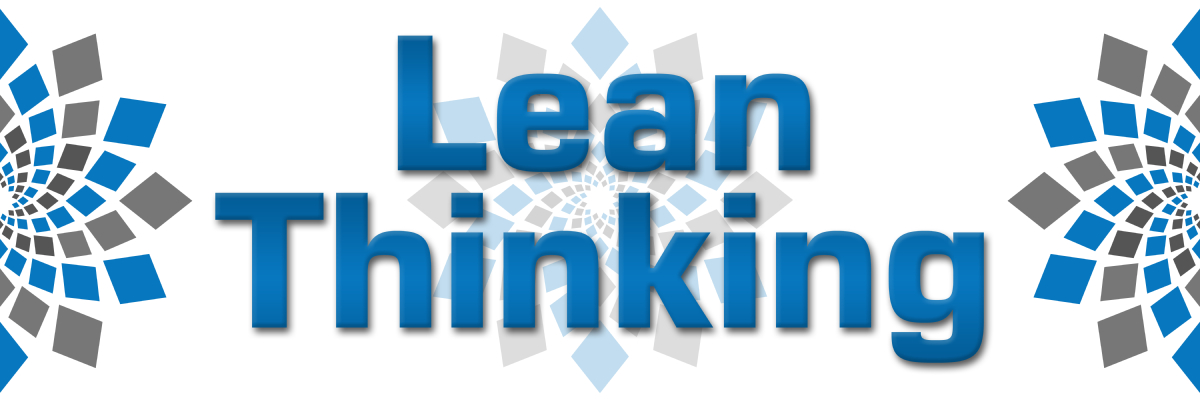Your cart is currently empty!

Pursue Excellence Through Lean Six Sigma at The Pyzdek Institute
Six Sigma is a well known concept that uses tools and approaches for business enhancement. Business processes improve and defects get eliminated through the use of Six Sigma.
Lean Management focuses on maximizing customer value while minimizing waste. Lean’s philosophy is to direct management to optimize the process flows throughout the entire value stream. Using a Lean attitude allows companies to respond quickly to changing customer needs and offer them high quality with low costs.
Lean Six Sigma combines Six Sigma with Lean Management to produce the best of both philosophies. Lean Six Sigma integrates Lean’s waste elimination, and the Six Sigma focus on reducing defects. The DMAIC toolkit of Lean Six Sigma includes all the Lean and Six Sigma tools.
What is DMAIC Methodology:
- Define the goals of the system.
- Measure distinct features of the process and record the relevant data.
- Analyze the data to find cause-and-effect of defect relationships.
- Improve the process.
- Control the process and target deviations and swiftly make corrections.
The training for Lean Six Sigma is belt based similar to that of Six Sigma. While there are many places to get Lean Six Sigma training make sure you get training from an expert. Not many experts are as qualified in Lean Six Sigma as Thomas Pyzdek, the author of “The Six Sigma Handbook, 4th Edition” and the founder of The Pyzdek Institute.
Mr. Pyzdek started working in quality and process improvement in 1967. He learned early on that people and organizations can improve what they do with the right training. Over the years, he has coached Six Sigma Belts on thousands of successful projects. “I am often called in to help organizations when their Six Sigma projects get stuck,” Thomas Pyzdek often states and he says, “The pursuit of excellence is a win for you, your employer, your customers, and society as a whole.”

Leave a Reply